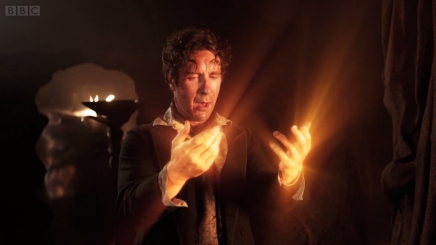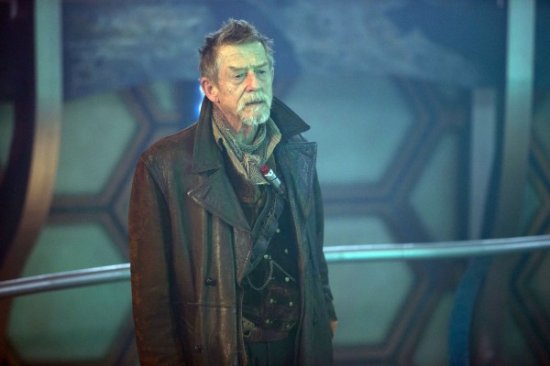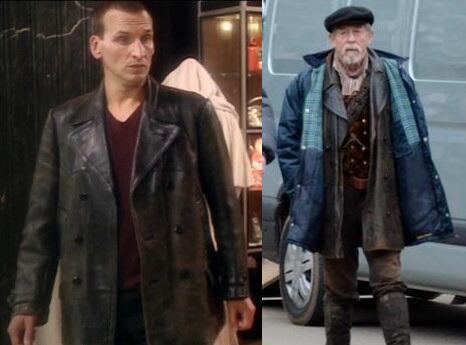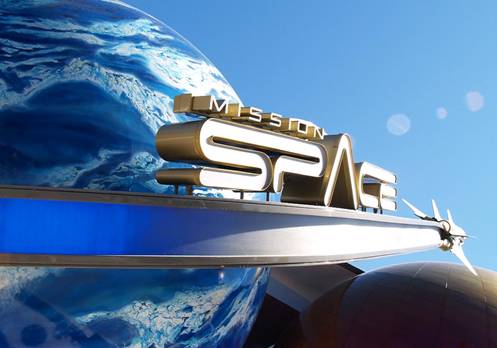A recent Facebook comment inspired me to write this blog post.
One of my friends had commented on how much larger Disney World is when compared to Disneyland. This person went on to detail the often repeated rumor that someone could fit three Disneyland parks inside the Magic Kingdom’s parking lot and still park 300 cars – which, of course, is not true.
Compare these two pictures of Disneyland and the Magic Kingdom’s parking lot (both taken at identical scales) and decide for yourself.
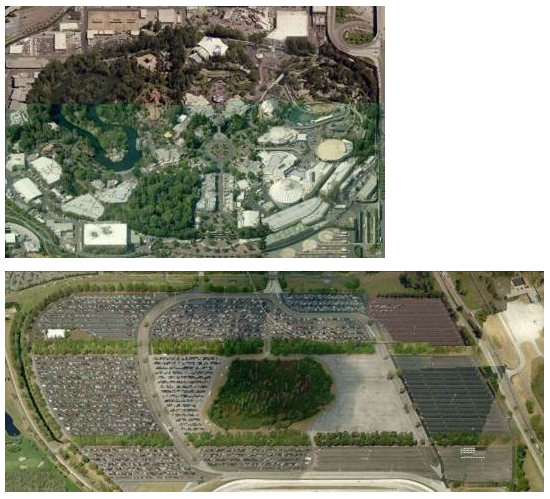 By no means do I intend to imply that the Walt Disney World Resort property isn’t impressively large – because it is! It’s just not nearly as big as some of the urban legends (perpetuated by Disney bus drivers, no doubt) make it out to be.
By no means do I intend to imply that the Walt Disney World Resort property isn’t impressively large – because it is! It’s just not nearly as big as some of the urban legends (perpetuated by Disney bus drivers, no doubt) make it out to be.
The property is also not anywhere near as impressive at is once was.
Many people are probably familiar with the image above – Walt Disney, in October of 1966, showing off all the Floridian property he and his team had acquired.
Through “The Florida Project” (previously known as “Project X”) Walt’s team had come up with a way to make full use of the Florida property. EPCOT, the city, would be Disney World’s central attraction.
Arriving at the Disney World Airport (slated for the portion of property currently occupied by the town of Celebration) guests would be shuttled by monorail to the Disney World Welcome Center (shown just above-right of Walt’s pointer).
This Welcome Center, located on the acreage currently used by the All-Star Resorts and the World Wide Sports complex, likely would have resembles something closer to our current version of Epcot, the theme park. Here guests would be welcomed by a Disney host – fluent in the guests’ own language – who would then aid in planning every detail of the guest’s stay.
The next stop on the monorail route would be EPCOT’s Industrial Park. While your local city’s Industrial Park may not seem at all interesting or welcoming it was here that The Florida Project’s core concepts would be made real. It was Walt’s mission that many major American corporations would use these facilities to develop brand new technology for use in EPCOT, the city. Guests who chose to visit the Industrial Park would be allowed to go on guided tours of the facilities and given hands-on opportunities to see how many never-before-seen technologies worked. In much the same way Pinterest works, this facility aimed to jump-start the imagination of the visitors. Call it Walt Disney’s own version of crowd sourcing: inspire today’s tourists to create the technology we’ll all use in the near future.
Shown below, in the central green shaded area, is the current outline of the entire Walt Disney World entertainment complex. This area covers 25,000 acres (39 square miles) and resides in two different counties (Orange and Osceola).
Now, let’s compare that same property to a rough approximation of the original property lines Walt was showing off in 1966.
This considerably larger red property line occupies nearly 30,000 acres (47 square miles)… or, about twice the size of Manhattan Island.
It’s truly striking how much land was sold off during Michael Eisner’s time at the helm. The Magic Kingdom was never intended to be the main focus of The Florida Project – it was just Walt’s way of funding it. Walt knew that building EPCOT the city, plus all of the other things mentioned above, was going to require a LOT of capital. Therefore, the theme park was only a vehicle necessary to pay for all the really cool things he wanted to do.
Don’t misunderstand: the current property is pretty amazing. I’ve even written a blog entry detailing one of the amazing aspects of the property’s construction. However, I can’t help but wonder how much more awesome it could have been had Disney management carried on with Walt’s original plan.




